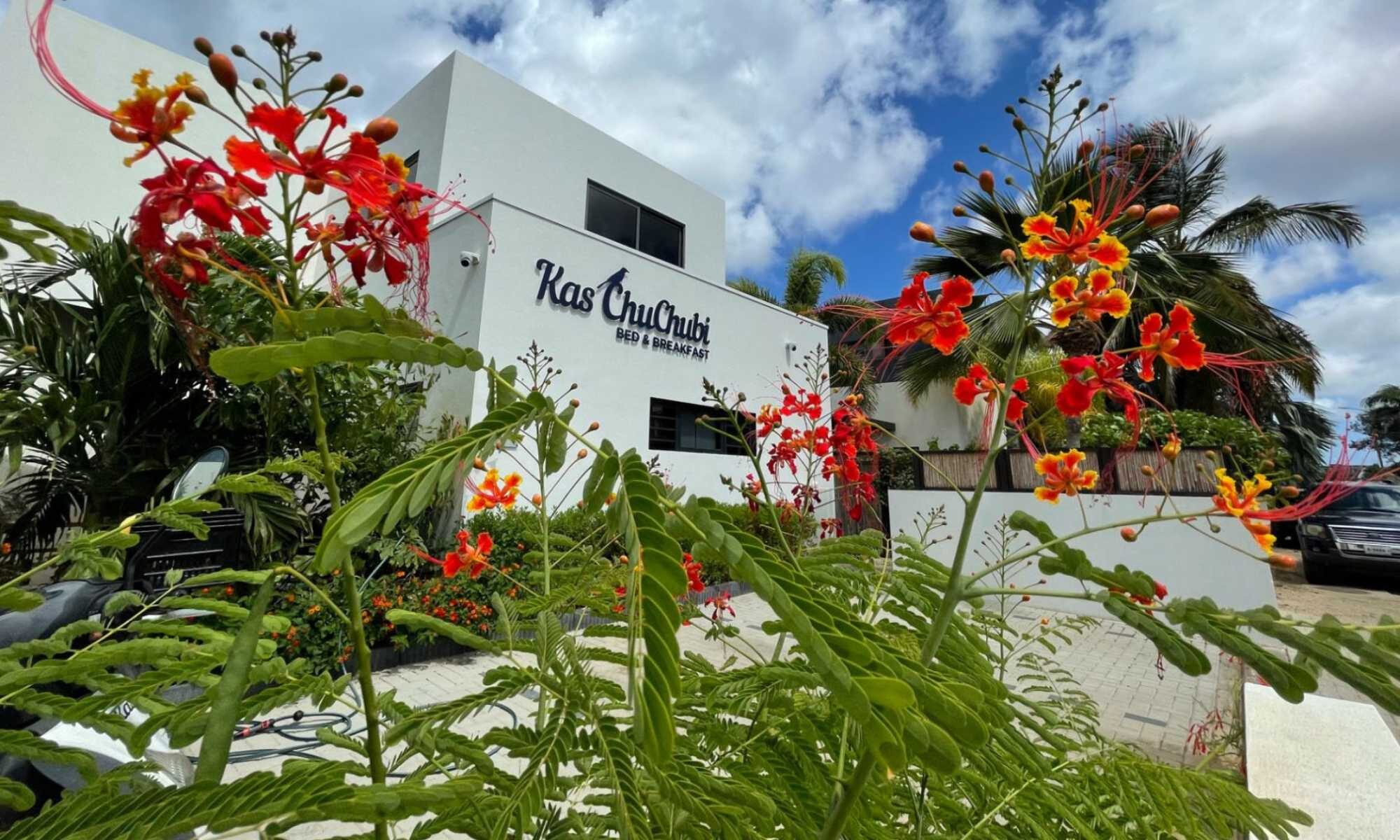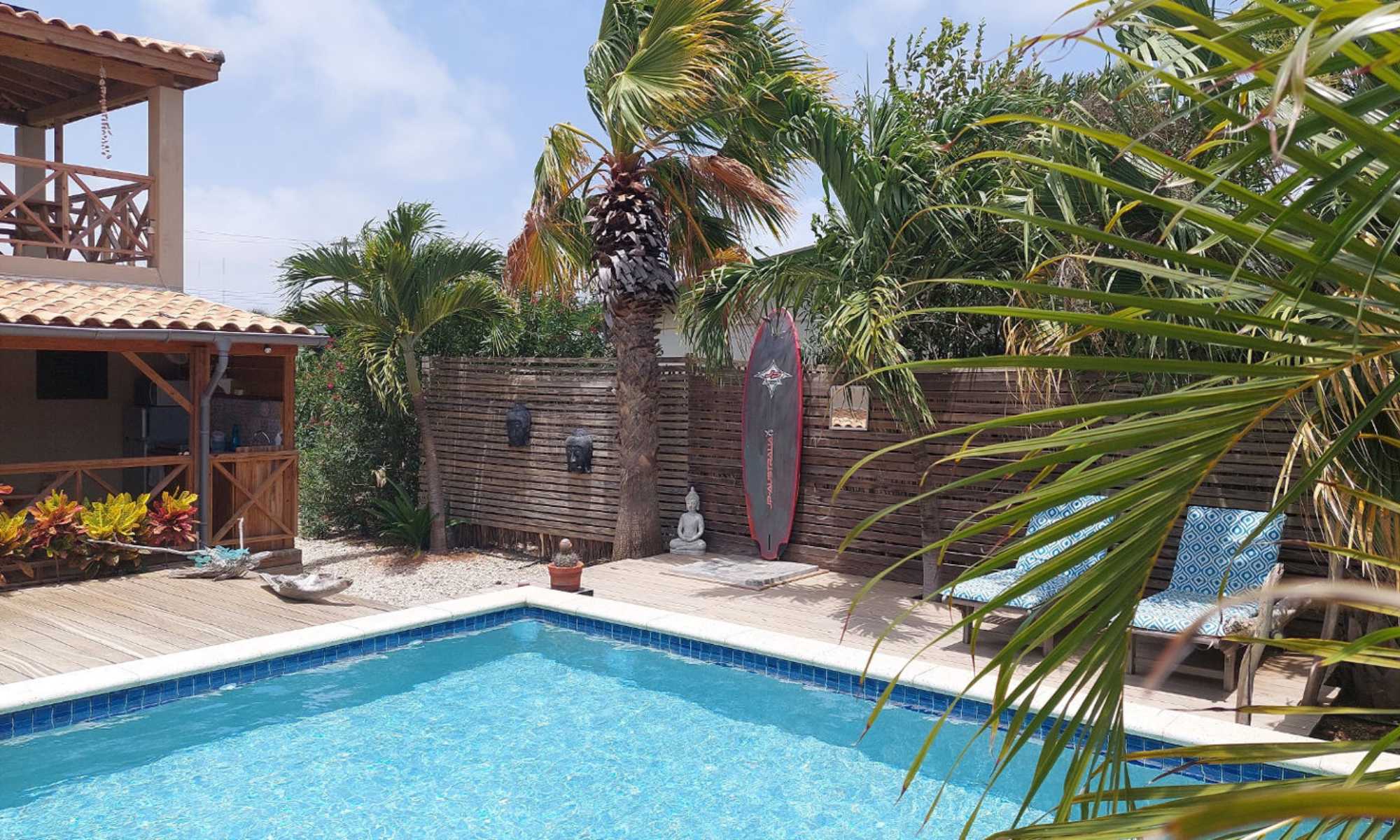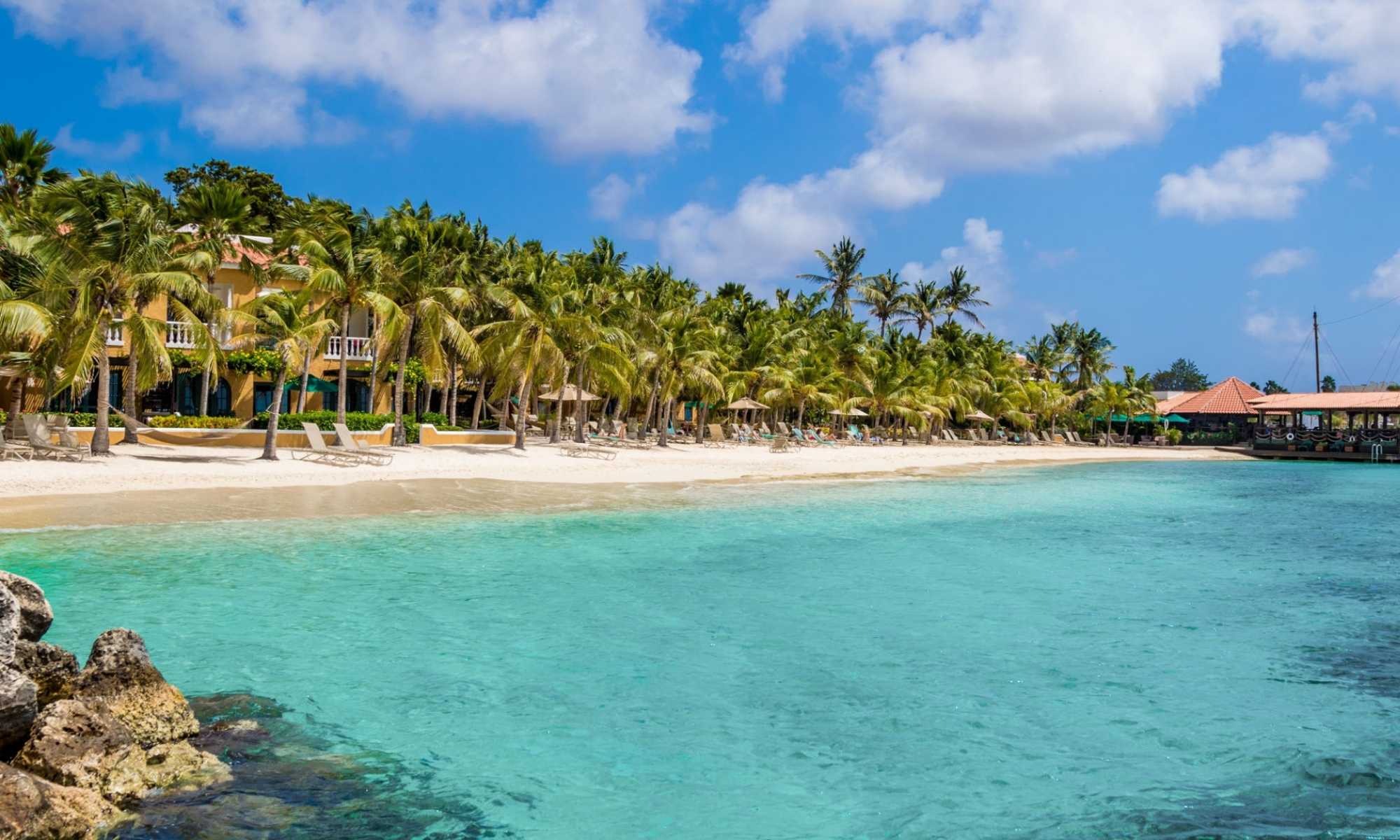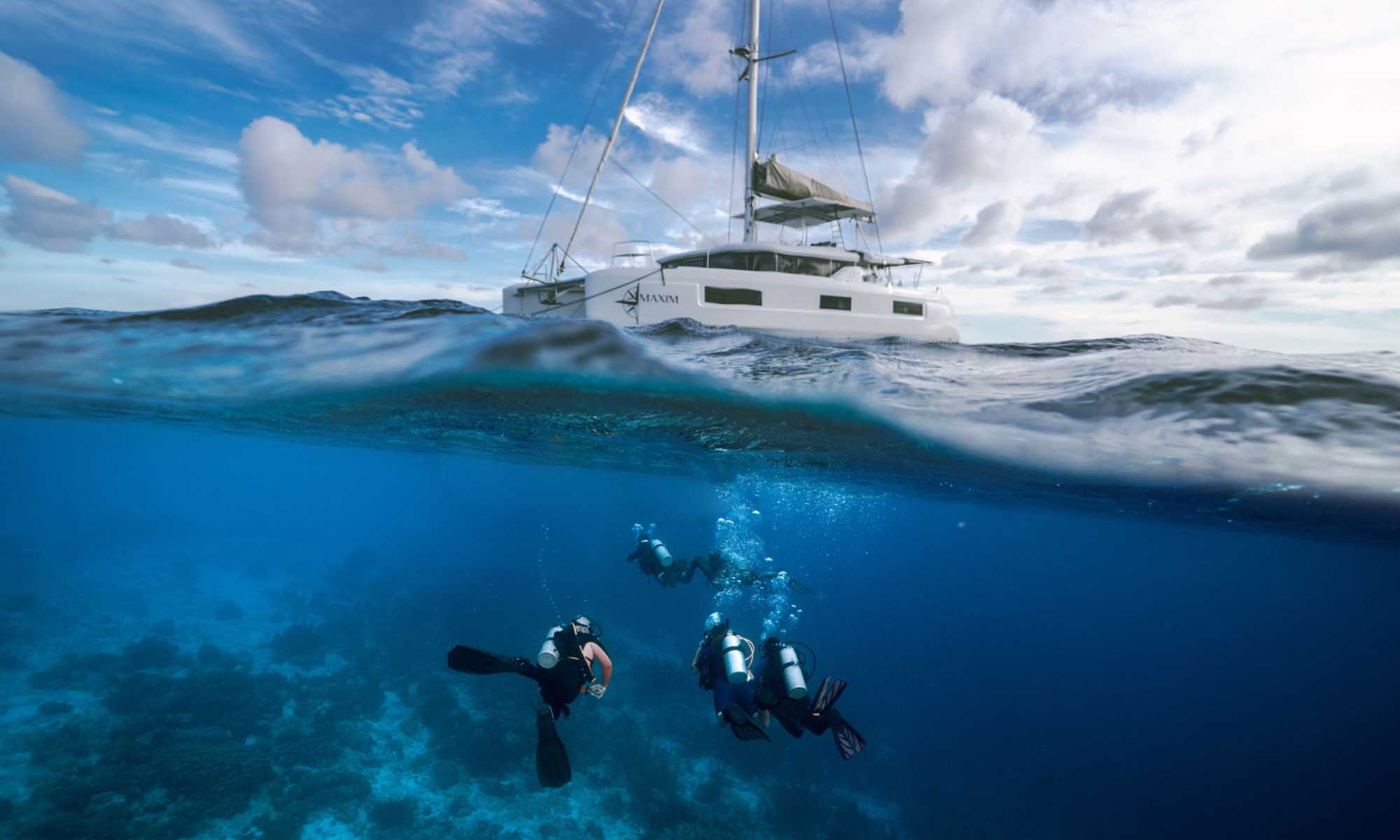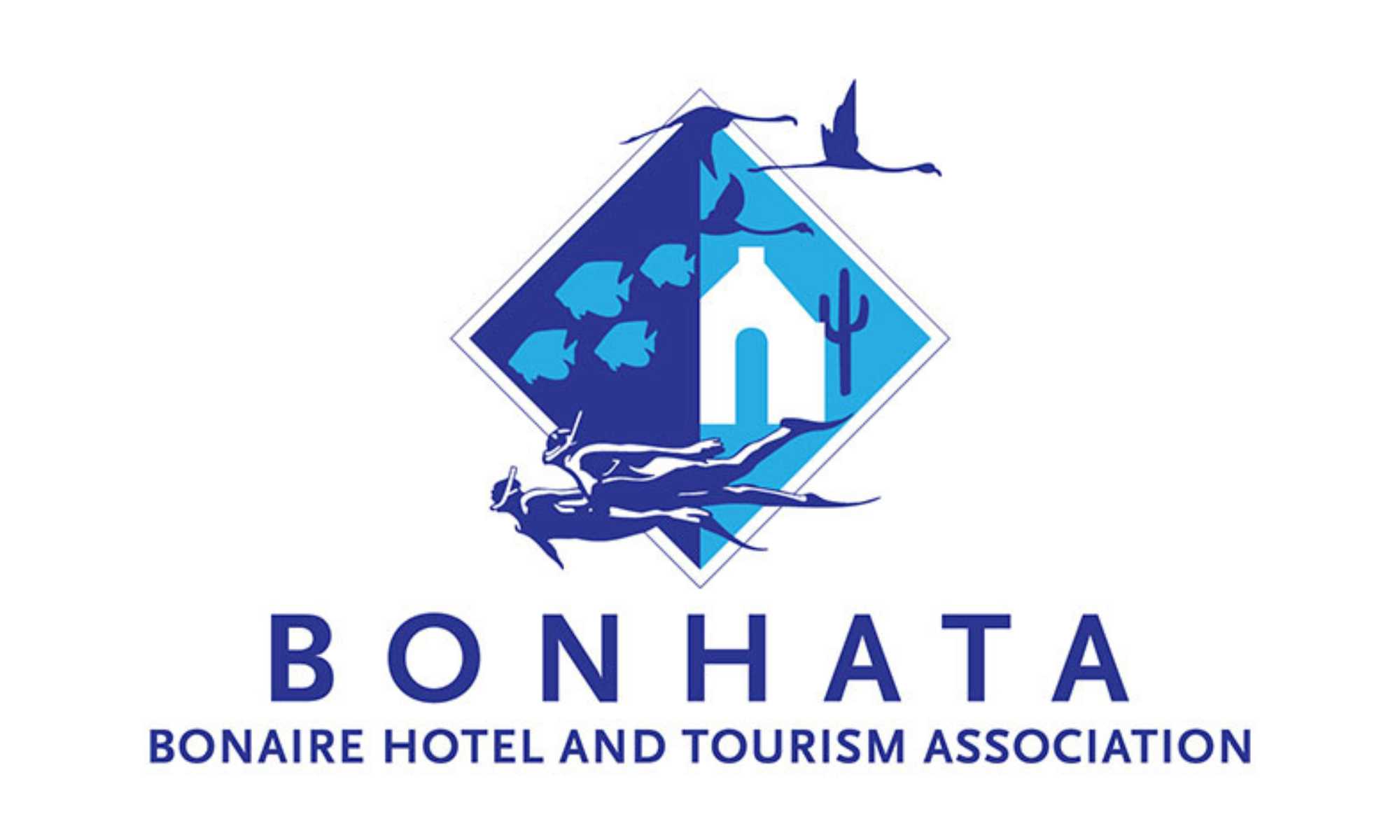All islands provide waste separation bins for recycling. The colour code for these are: Blue for cardboard; Grey for cans and Orange for plastics.
Dutch Caribbean
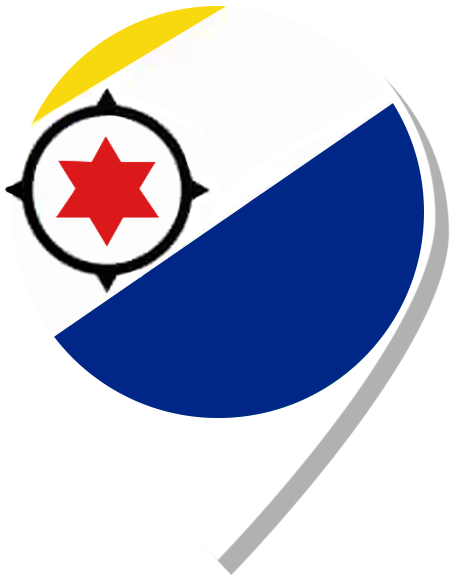
A taste of paradise.
These six Dutch Caribbean Ecotravel islands, also known as “Netherlands Antilles”, offer ideal tropical getaways.
Bonaire, Saba and Sint Eustatius (Statia) are very quiet and peaceful. All three are global hotspots for marine biodiversity. With its spectacular coral reefs and excellent marine management, Bonaire is a number one Caribbean divers’ paradise. Aruba, Curaçao and Sint Maarten are a lot more crowded as they focus more on tourism and mass entertainment.
Not sure where to go?
Explore the options for a responsible trip
GOOD PLACES TO VISIT
Explore destinations that were awarded for their sustainability efforts
GOOD TRAVEL BUSINESSES
Discover accommodations, restaurants, shops and activities that are committed to sustainability. Their efforts are summarised in a SCORECARD (click on the picture). For the Good Travel Seal, the higher the number of stars or the level (level 3 is the highest), the more aspects of sustsinability are checked by an independent auditor.
- Accommodations
- Activities & Tourism
- Other Establishments
- Others
Captain Don's Habitat Bonaire
GTS 3 Star, VA Certified
Kas ChuChubi
GTS 2 Star
Villa Carina Apartments BV
GTS+ 5 Star
Harbour Village
GTS 4 Star
Introduction:
Tucked away on a private stretch of white sand and palm trees, Harbour Village Beach Club, a sea turtle nesting ground, is an oasis beloved by sun lovers, scuba divers, and seafarers alike. For over 30 years, our 40-room boutique property on Bonaire has captured the breezy, barefoot elegance of the Dutch Caribbean while being committed to sustainable practices and services. Great Adventures Bonaire, the onsite PADI 5-Star Instructor Development Center handles the maintenance of our coral nursery and offers Reef Renewal courses to raise awareness about the importance of protecting our coral reefs.
Address:
Kaya Gobernador N. Debrot No. 71,
Bonaire, Dutch Caribbean
AB-Dive Bonaire
GTS 3 Star
BONHATA
GTS 2 Star
GOOD PRACTICE STORIES
Get inspired with stories from places and people that are acting for a fair and responsible tourism

Saba
In the heart of the Dutch Caribbean lies Saba, the Unspoiled Queen, a breathtaking island facing the challenges of restoring its coral reefs. Spanning 5 square miles, Saba boasts the largest submerged atoll in the Atlantic Ocean, the Saba Bank, teeming with extraordinary marine life. Saba’s National Marine Park, established in 1987, safeguards the vibrant coral reefs and marine ecosystems, crucial for the island’s nature-oriented tourism contributing 27% to its economy. However, the park has faced significant coral decline mainly due to Stony Coral Tissue Loss Disease (SCTLD) and climate change. This has impacted tourism, fishing, and biodiversity. To combat this decline, the Saba Conservation Foundation (SCF), a dedicated non-profit, leads efforts to rehabilitate the coral reefs. Their Coral Nursery project nurtures and transplants corals, the SCF collaborates with various stakeholders, fostering youth leadership and sustainable tourism.
KNOW THEIR STORY
Sustainability
Saba, Bonaire and Sint Eustatius are all recognized for their sustainability efforts through the QualityCoast program. Bonaire has a long history of marine nature conservation. The Sint Eustatius National Parks Foundation actively works on protecting the marine and terrestrial environment. Saba has its Marine Park which successfully protects the marine environment and manages many ecotourism activities.
Photo © Thiago Japyassu
Travel tips from our editors
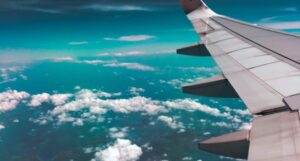
Getting there
Travelling to the islands is only possible by air. However, St. Eustatius and to Saba can also be reached by ferry from St. Maarten. Click here for more information about the ferry service. Bonaire has an international airport but its main international hub is often Curaçao international airport.
Don’t forget to join in your trusted program to offset your carbon footprint when you go on the Dutch Caribbean Ecotravel 🙂

Getting around
Bonaire, Saba and Sint Eustatius have no bus services, but distances are very short, so exploring is possible by bicycle, on Saba even on foot. Just make sure to have comfortable footwear appropriate for both wet and dry ground.
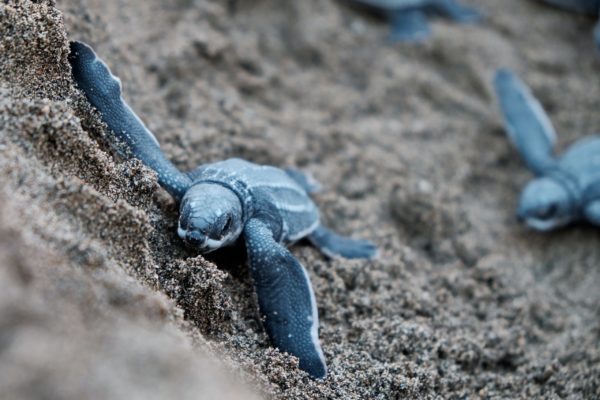
Respecting Nature and Wildlife
The islands have their own natural protected areas. It is important to respect the nature when visiting. Unfortunately, some visitors go off-roading without any regard to living desert soils or seasonal nesting and breeding areas.
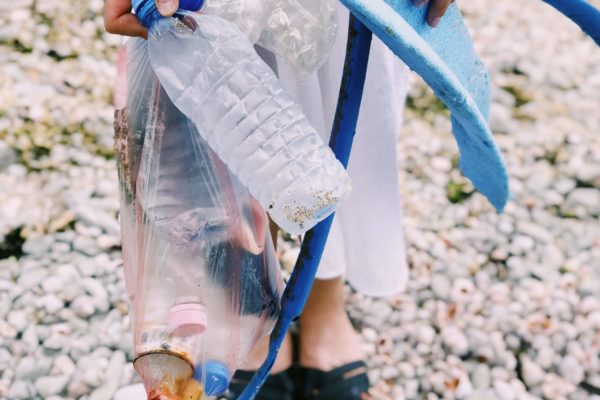
Recycling Tips
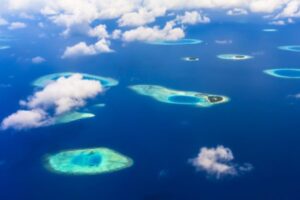
Netherlands Antilles or Dutch Caribbean?
“Dutch Caribbean” cannot be found in most country lists, but it is actually the new name for “Netherlands Antilles” since 2010.
Aruba, Curaçao and Sint Maarten are autonomous countries within the Kingdom of the Netherlands. In 2010 Bonaire, Saba and Sint Eustatius preferred to be special municipalities of the Netherlands.

Caribbean Carnival
In Aruba, Bonaire and Curaçao, carnival is celebrated in February. On the other hand, in Statia and St. Maarten the carnival is held later in the year.
Tourism & People
The culture of the Caribbean islands comes alive in the rhythm, art and dance that fills its streets and its delicious soulful Caribbean cuisine. The islands host many music festivals throughout the year, offering warm cultural experiences. Carnival is a very big thing on the islands, with calypso competitions, dance, parades and booths offering traditional local food.
Furthermore, a number of interesting monuments and museums can be found on Bonaire, Saba and Sint Eustatius, providing a glimpse of their history.
Nature & Wildlife
The Dutch Caribbean Ecotravel is famous for the marine biodiversity of the Marine Parks. Together with the underwater formations and structures, healthy corals and regular visitors such as Hammerhead sharks and Whale sharks create a spectacular and exciting divers’ experience.
However, not everybody is fond of diving or snorkelling. Then the beauty of the national parks is the option for everyone to enjoy. For example, at Bonaire the Washington Slagbaai Park with its Green iguanas. Or climb the steep Mount Scenery in Saba with its secondary rainforest and you will understand the name of this dormant volcano. On Sint Eustatius, explore the tropical rainforest in the volcano crater of the Quill, rich in flora and fauna.
Hike & Bike in Dutch Caribbean
Bonaire
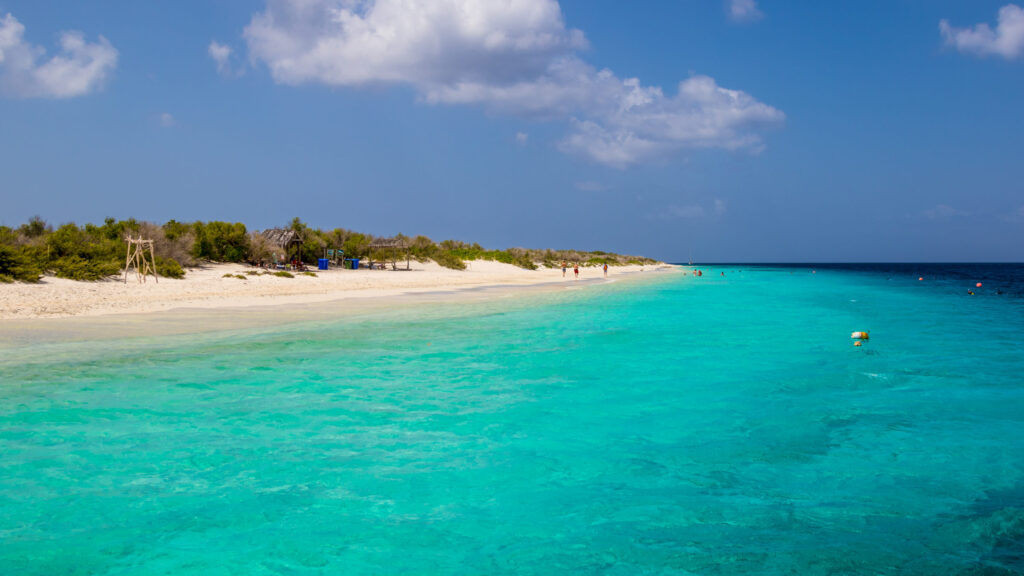
Bonaire is a stunning island for hikers. The Washington Slagbaai National Park – biggest park on the island – is the hotsport for hiking. The park has a rich wildlife and a diverse landscape for hikers to enjoy. Guides can be arranged through a local provider offering hiking tours. Unfortunately there a very limited biking opportunities on the island.
Saba

Hiking on Saba is a unique experience since the island has five climate zones. You can hike in a dense rainforest or enjoy a trip to the top of Mount Scenery. Furthermore, the nature above the waterline is just as unique and varied as below the waterline. Enjoy the hikes along the coastal line to Tide pools at Flatpoint. However, unfortunately there are not many biking opportunities on this beautiful island.
Sint Eustatius
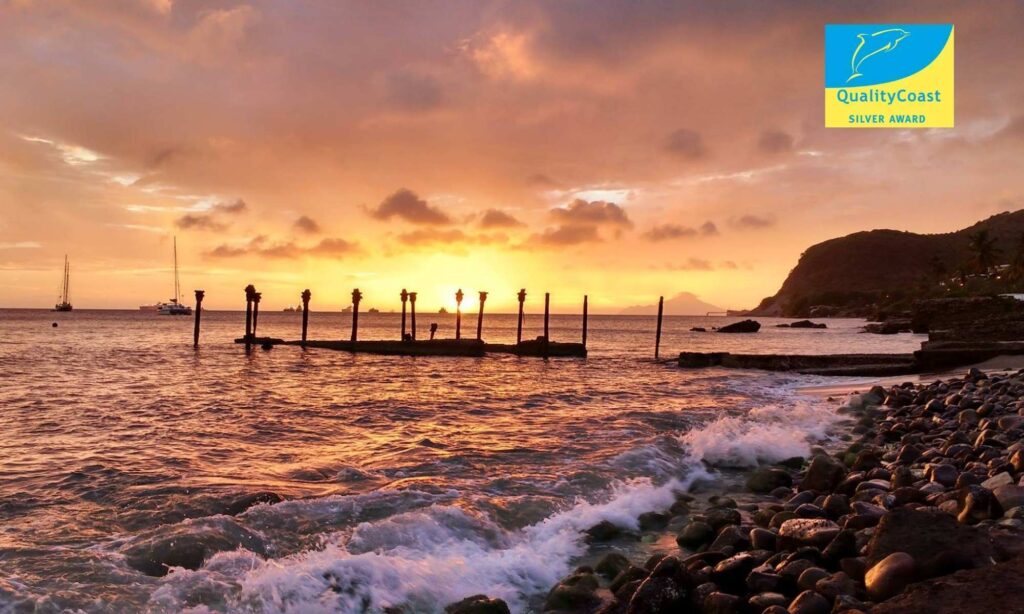
St. Eustatius National Parks Foundation (also known as STENAPA) manages The Quill and Boven National Park, St. Eustatius National Marine Park and the Miriam C. Schmidt Botanical. They offer several hiking routes, all based on varying degrees of difficulty.
Sustainability Recognitions
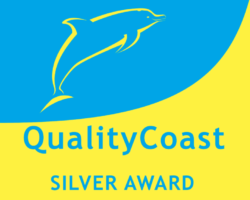
Saba and Sint Eustatius are the only islands in the Caribbean that have an official recognition for their tourism sustainability: QualityCoast Silver.
Each of them was presented a QualityCoast certificate and flag by a Dutch State Secretary (minister).
Visit other destinations nearby?
Get in touch
Support
We are a multicultural, creative and dedicated team working to promote sustainable tourism. Join us in our fight against the climate crisis, single-use plastics and over-tourism!


